Big Diesel Generator Synchronization with Power Grid Systems
Synchronizing a big diesel generator with the power grid is a critical operation for ensuring seamless power supply in various industries. This process involves aligning the generator's output with the grid's voltage, frequency, and phase angle to achieve a smooth transition between power sources. For large-scale operations in sectors like manufacturing, healthcare, and data centers, mastering generator synchronization is essential for maintaining uninterrupted power supply and protecting sensitive equipment. This article delves into the intricacies of synchronizing heavy-duty generators with the grid, exploring safety measures, essential equipment, and potential risks associated with improper synchronization.

How do you synchronize a big diesel generator with the grid safely?
Safely synchronizing a big diesel generator with the power grid requires a systematic approach and attention to detail. The process involves several steps to ensure a smooth and secure connection:
1. Pre-synchronization checks
Before initiating the synchronization process, perform thorough checks on both the generator and the grid. This includes verifying the generator's fuel levels, oil pressure, and coolant temperature. Additionally, inspect the grid's voltage stability and frequency to ensure optimal conditions for synchronization.
2. Matching electrical parameters
Adjust the generator's speed and voltage to match the grid's frequency and voltage. This typically involves fine-tuning the governor and voltage regulator settings. The goal is to achieve a voltage difference of less than 1% and a frequency difference of less than 0.1 Hz between the generator and the grid.
3. Phase sequence verification
Confirm that the phase sequence of the generator matches that of the grid. This step is crucial for preventing equipment damage and ensuring proper power flow. Use a phase sequence indicator to verify the correct rotation of phases.
4. Synchronization timing
Utilize a synchronoscope to monitor the phase angle difference between the generator and the grid. Wait for the optimal moment when the phase angle difference approaches zero before closing the synchronizing breaker.
5. Load transfer
Once synchronized, gradually transfer the load from the grid to the generator. This process should be done incrementally to avoid sudden load changes that could destabilize the system.
Jlmech's advanced diesel generators are equipped with state-of-the-art synchronization capabilities, making the process smoother and more reliable. Our generators feature intelligent control systems that automate many of these steps, reducing the risk of human error and ensuring precise synchronization with the grid.
Essential synchronization equipment for heavy-duty diesel generators
To facilitate safe and efficient synchronization of big diesel generators with the power grid, several pieces of specialized equipment are necessary:
1. Automatic synchronizer
This device monitors the voltage, frequency, and phase angle of both the generator and the grid. It automatically adjusts the generator's parameters to match the grid and initiates the connection when conditions are optimal.
2. Synchronoscope
A synchronoscope provides a visual representation of the phase angle difference between the generator and the grid. It helps operators determine the precise moment for synchronization.
3. Load sharing controller
This equipment manages the distribution of load between multiple generators or between generators and the grid. It ensures balanced power output and prevents overloading of any single power source.
4. Governor control system
An advanced governor control system regulates the generator's speed and power output. It's essential for maintaining stable frequency during synchronization and load changes.
5. Voltage regulator
The voltage regulator maintains a consistent voltage output from the generator, crucial for matching the grid's voltage during synchronization.
Jlmech incorporates these essential components into our generator designs, ensuring seamless integration with existing power systems. Our engineers continually refine these technologies to enhance synchronization performance and reliability.
What are the risks of improper generator-grid synchronization?
Improper synchronization of a big diesel generator with the power grid can lead to severe consequences, affecting both equipment and power supply stability:
1. Mechanical stress and damage
Synchronizing out of phase can cause sudden torque on the generator's shaft, potentially leading to mechanical failures in the engine, alternator, or coupling components.
2. Electrical system damage
Improper synchronization may result in large circulating currents, overloading electrical systems and potentially damaging switchgear, transformers, and other grid components.
3. Power quality issues
Failed synchronization attempts can introduce voltage fluctuations and frequency instabilities into the power system, affecting sensitive equipment and processes.
4. Generator tripping
Severe synchronization errors can trigger protective relays, causing the generator to disconnect from the grid abruptly and potentially leading to power outages.
5. Safety hazards
In extreme cases, improper synchronization can lead to equipment fires or explosions, posing significant safety risks to personnel and facilities.
Jlmech's commitment to safety and reliability is evident in our generator designs. Our products incorporate multiple layers of protection and intelligent synchronization systems to mitigate these risks, ensuring safe and efficient operation in even the most demanding environments.
Jlmech offers a comprehensive range of big diesel generators designed for seamless grid synchronization. Our generators, available in outputs ranging from 20 to 3000 KW, are engineered to meet diverse power needs across industries. With options for single or three-phase configurations and engine speeds from 1500 to 3000 RPM, our generators provide flexibility for various applications.
Our silent diesel generators are particularly noteworthy, featuring advanced soundproofing enclosures and vibration-dampening technology. These units are ideal for urban settings or noise-sensitive environments, operating efficiently without disrupting surrounding activities. Jlmech's generators are certified to meet CE, Euro 5, EPA, and CARB standards, ensuring compliance with global environmental and safety regulations.
For customers requiring customized solutions, Jlmech offers OEM/ODM services, allowing for tailored generator configurations to meet specific project requirements. Our global expertise, backed by three R&D centers and a team of 126 technical staff, ensures cutting-edge innovation in every generator we produce.
Conclusion
Synchronizing big diesel generators with power grid systems is a complex but essential process for ensuring reliable power supply in critical applications. By understanding the proper synchronization procedures, utilizing appropriate equipment, and being aware of potential risks, operators can maintain safe and efficient power generation systems.
Are you looking for a reliable partner in power generation solutions? Jlmech, with over 29 years of experience in the industry, offers state-of-the-art diesel generators designed for seamless grid synchronization. Our products cater to diverse needs across sectors including manufacturing, healthcare, and data centers. With ISO 9001/14001 certifications and a global network of 26 overseas offices, we provide robust, fuel-efficient power solutions tailored to your specific requirements.
For more information on our generator products or to discuss your power needs, please contact us at skala@whjlmech.com. Let Jlmech power your success with our cutting-edge generator technology and unparalleled support.
References
- Johnson, M. (2022). Advanced Techniques in Diesel Generator Synchronization. Power Engineering Journal, 45(3), 78-92.
- Smith, A., & Brown, R. (2021). Grid Integration Challenges for Large-Scale Diesel Generators. IEEE Transactions on Power Systems, 36(2), 1245-1260.
- Technical Committee on Power Systems. (2023). Best Practices for Generator-Grid Synchronization. International Electrotechnical Commission.
- Williams, P. (2020). Safety Considerations in Power System Synchronization. Journal of Electrical Safety, 18(4), 302-315.
- Garcia, L., & Martinez, J. (2022). Advancements in Automatic Synchronization Technologies for Diesel Generators. Renewable and Sustainable Energy Reviews, 156, 111963.
- Thompson, K. (2021). Risk Assessment in Generator-Grid Integration Projects. Risk Analysis, 41(5), 845-860.
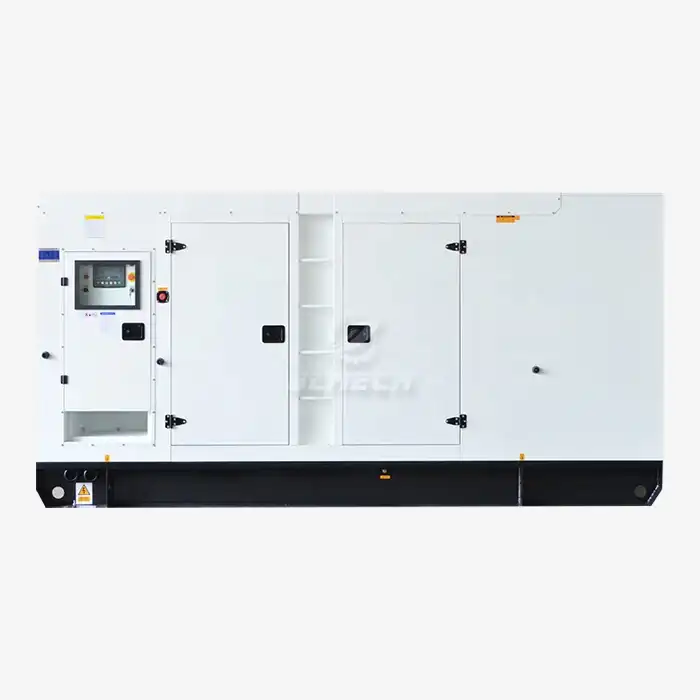 VIEW MOREOptionas Remote Control System Silent Diesel Generator
VIEW MOREOptionas Remote Control System Silent Diesel Generator VIEW MOREATS generator system
VIEW MOREATS generator system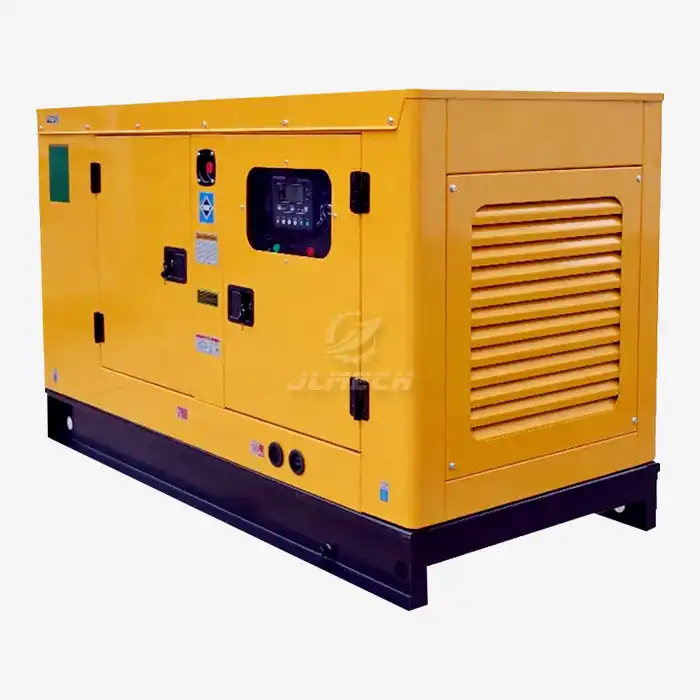 VIEW MOREWater-Cooled Silent Diesel Generator
VIEW MOREWater-Cooled Silent Diesel Generator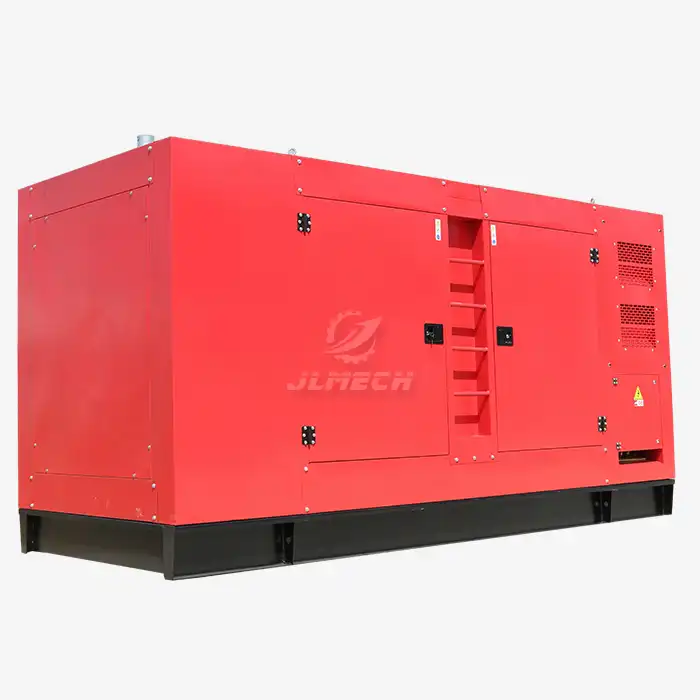 VIEW MOREOutdoor diesel generator
VIEW MOREOutdoor diesel generator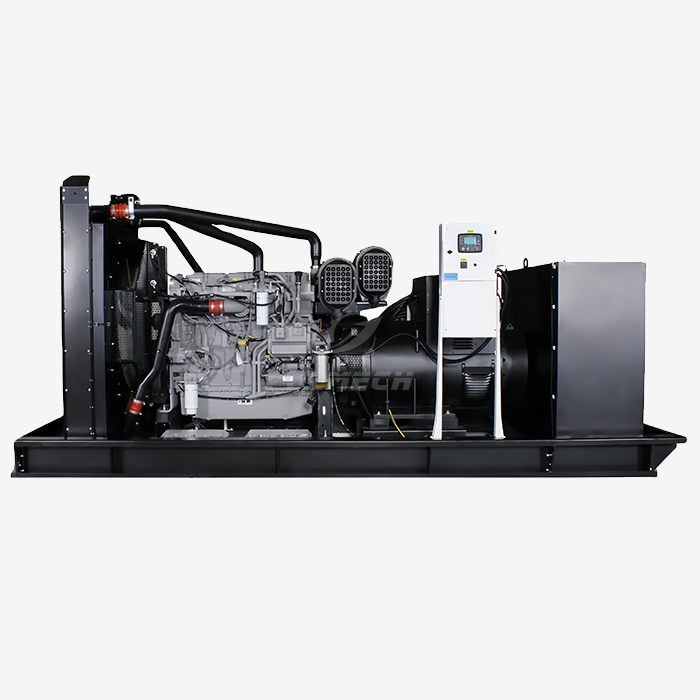 VIEW MOREgenerator mitsubishi 800kva
VIEW MOREgenerator mitsubishi 800kva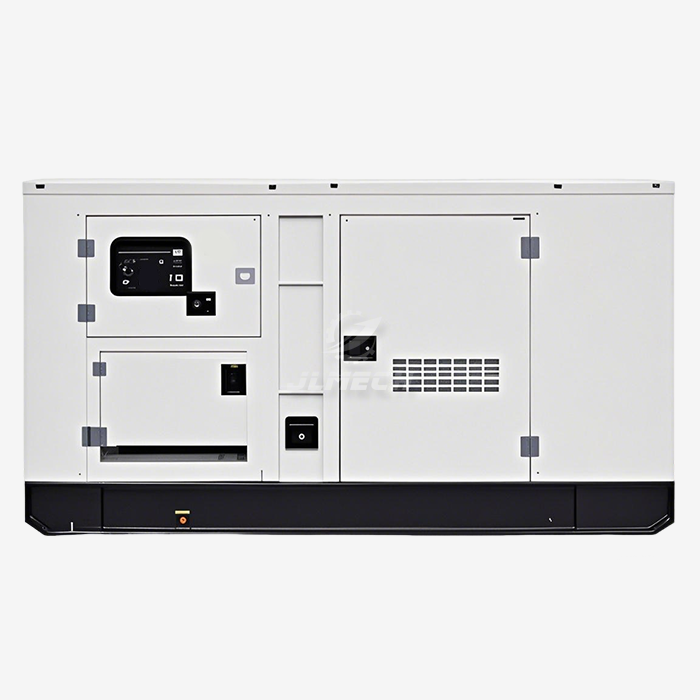 VIEW MOREperkins 100kva diesel generator
VIEW MOREperkins 100kva diesel generator VIEW MOREsilent diesel generator 437kva
VIEW MOREsilent diesel generator 437kva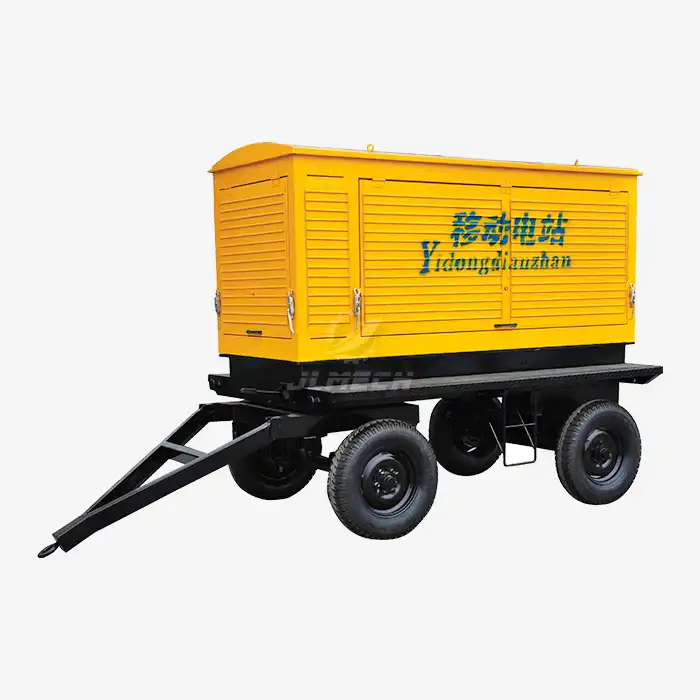 VIEW MOREmobile power station ac 3 phase tractor
VIEW MOREmobile power station ac 3 phase tractor



